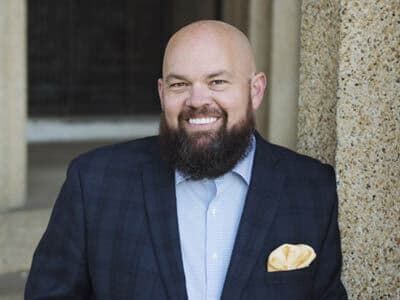Report predicts growth for Arizona school choice program
Regional News

Audio By Carbonatix
4:20 PM on Wednesday, October 22
(The Center Square) - Empowerment Scholarship Account, Arizona's school choice program, is projected to have over 100,000 students during fiscal year 2026, according to a new report.
The Common Sense Institute released a report earlier in October showing the estimated number of students who will use ESA. Under the program, the money that would pay for a student's education in a neighborhood school follows the student to another school chosen by the parents. That includes home schooling, according to the Arizona Department of Education.
As of Sept. 15, Arizona’s ESA enrollment has 92,362, but the CSI report said the enrollment will increase to 102,800 this fiscal year. The program has grown since 2022, when CSI estimated 12,049 students were a part of the program.
This represents a 753% increase in student participation in the program.
Glenn Farley, the CSI director of policy and research, told The Center Square the people who use the ESA program the most are those living in middle-income zip codes, which the CSI report described as a family making between $75,000 and $150,000.
The CSI report said almost 57% of people using the ESA program come from a middle-income zip code.
He said not many people who live in low-income and high-income zip codes are using the ESA program.
For students from low-income families, Farley said, Arizona offers a tax credit called the Certified School Tuition Organization that allows them to attend private schools of their choice.
Farley said students from high-income families may “qualify for the traditional STO scholarships and generate a larger award under the STO program than they could under an ESA.”
Students from middle-income families are not served as well by the STO program as other groups, which forces them into the ESA program, the policy director said.
Even as Arizona’s ESA program continues to expand in enrollment, it can continue to grow, as there is no cap on the number of students who can join it, he noted.
Arizona Superintendent of Public Instruction Tom Horne told The Center Square that students go into the “ESA program when their parents decide that the local public school is not meeting their child’s academic needs.”
“Hopefully, the competition provided by ESA will cause the personnel in schools that may be losing some students, to further improve their programs and their support for academic achievement,” he said in a statement.
In fiscal year 2026, Arizona is projected to spend over $1 billion on its ESA program, according to the CSI report.
Farley said the cost of this program could grow in the future as students switch between charter schools, public schools and the ESA program. However, he said if the ESA enrollment increased, it would result in a decrease in either public school or charter school enrollment.
The demand for charter schools, private schools or home schooling has increased since the COVID-19 pandemic, he said.
The CSI report noted Arizona public school enrollment has dropped by 50,000 students since the pandemic, noting the state will spend over $7 billion on public schools and more than $2 billion on charter schools this fiscal year.
An increase in ESA enrollment has led to Arizona saving an estimated $750 million, according to the report.
“ When we see ESA enrollment grow, that increases state costs. But when we see district enrollment decline, that decreases state costs by a similar amount,” Farley explained.
He added that the $750 million is an estimate of the state’s savings from the declining public school enrollment since the COVID-19 pandemic.
Arizona spends approximately $14,000 to $15,000 per year on educating a public school student, while educating a student at a charter school or through the ESA program costs around $9,000 and $8,000 per year, respectively, Farley said.
The CSI report estimated Arizona needs to increase its education budget by $36 million to adequately pay for its education programs.
Farley said Arizona’s public school enrollment will go down, but the state’s charter school enrollment will increase.
The decline in public school enrollment and the increase in charter school enrollment are going to “offset” savings for the state, Farley said.
This means that there won’t be money left over in Arizona’s budget to “backfill” the ESA program as it is “likely to be larger than expected,” the policy director noted.






